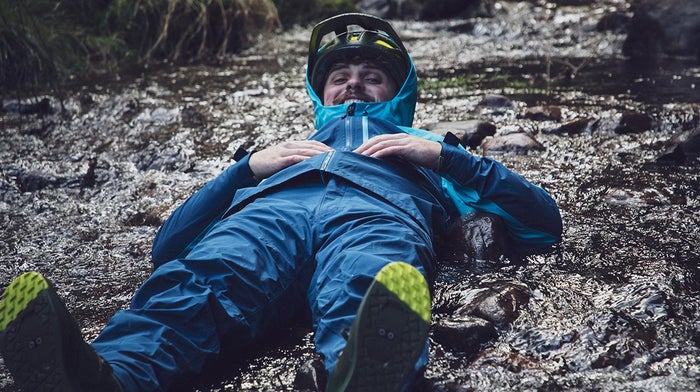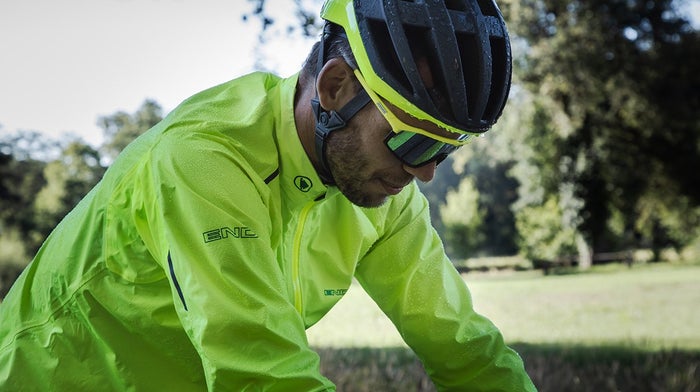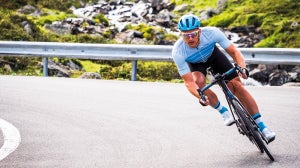
Technical cycling apparel is just like your favourite bike – it needs proper care to keep it performing to its maximum. Bikes left in the corner of the shed, un-lubed and caked in crap won’t run sweetly and the same is true of your performance waterproofs. Before we descend further into the depths of winter, now is a great time to show your favourite waterproofs a bit of TLC and get them prepped for the dampness to come.

Fortunately, you don’t need to spend hours and hours painstakingly hand washing your waterproofs, some simple steps will keep it them in tip-top condition and ready to deflect rain next time you’re out on a long, wet ride.
Here are our top-tips on keeping your waterproofs in tip-top condition:
Don’t leave your waterproof scrunched up in the back of your shed or bottom of your kit bag for days after using it. This encourages bacteria and mould, can delaminate the membrane and can cause colour migration.
The more you wash a garment the more it affects the performance, so wash it when you need to - you probably don’t need to wash it every time you wear it. Dry it and brush off the mud -this will save you money on laundry bills too.
Always follow the washing instructions on the garment – if you can’t find these or aren’t sure what they mean then drop us a message.
Never use fabric conditioner – this damages the adhesion of taped seams on and can also strip the durable water repellency coating - DWR- that helps your garment perform efficiently.
As a result of our move to PFC free DWR coatings that are gentler on the environment, you’ll need to reproof your products a little more often. Our own bio-degradable and PFC free proofer and cleaner is specifically formulated to help you recharge the water repellent coatings.
You don’t need to reproof a garment after every wash. Only do this when the water stops beading well on the surface. When working effectively, the fabric treatment allows water to bead up and fall off, but when it starts to deteriorate, the garment will “wet out” after a short period of time and water will be absorb into the outer fabric which affects breathability.
To get maximum life out of the existing DFWR treatment, we recommend that you gently and indirectly iron the waterproof garment after every wash (if the care label allows it). A dry iron should be set to two dots maximum on a non-steam setting and always use a dry tea towel, sheet, or pillowcase between the iron and the garment.


Related Articles








